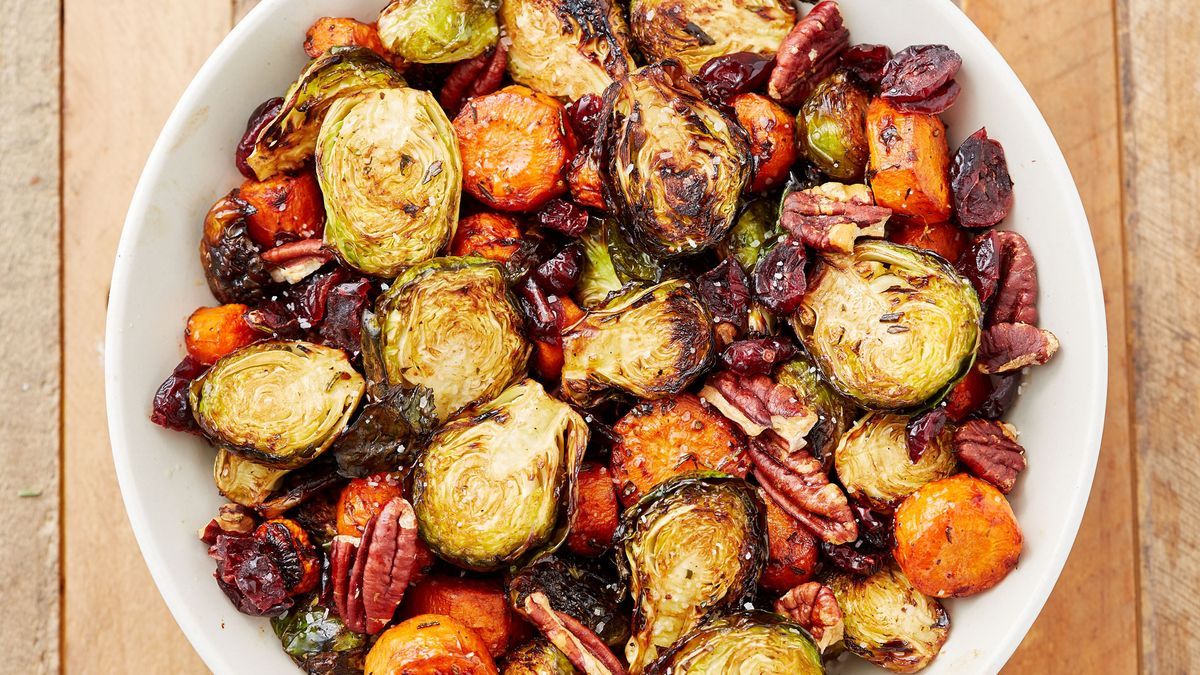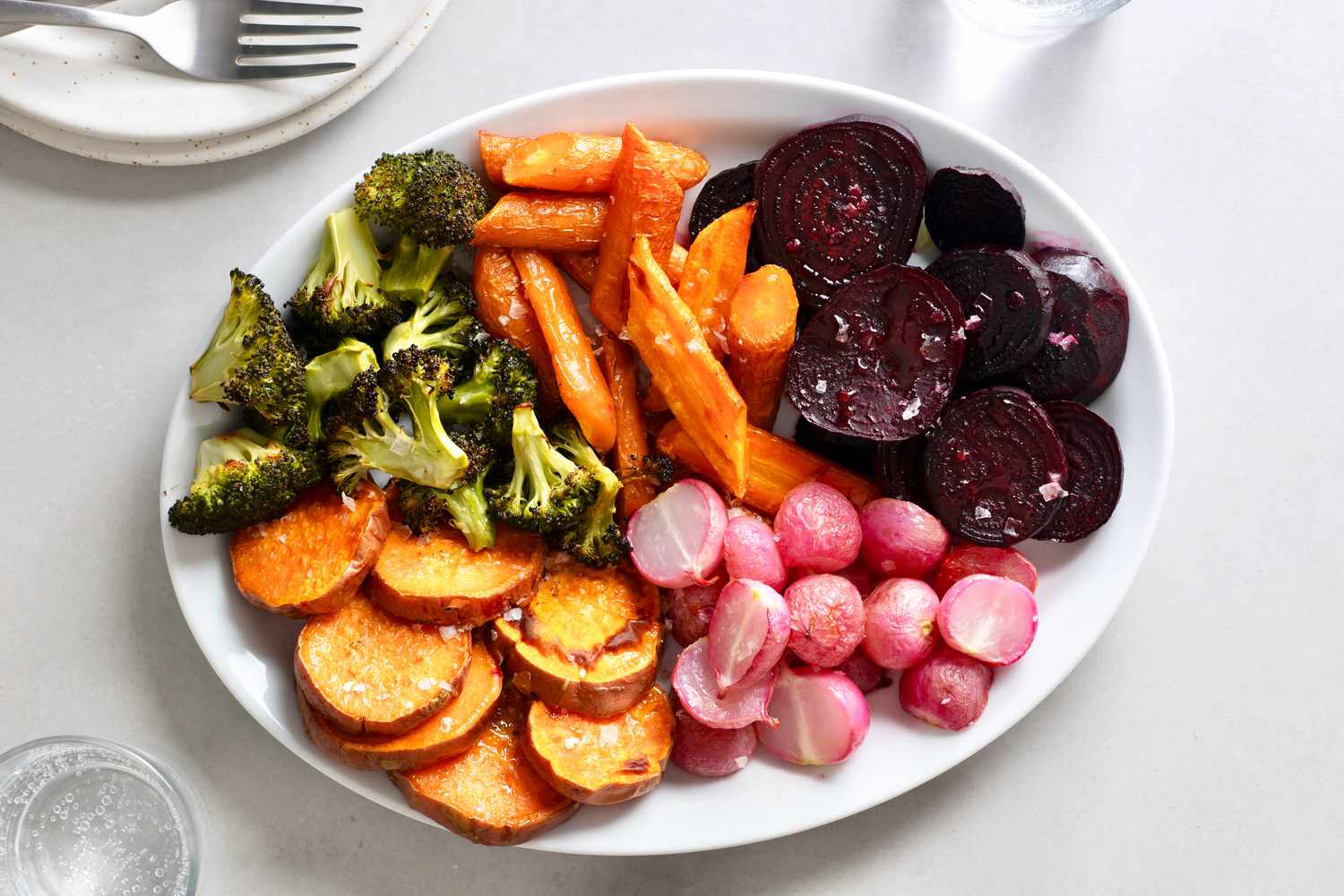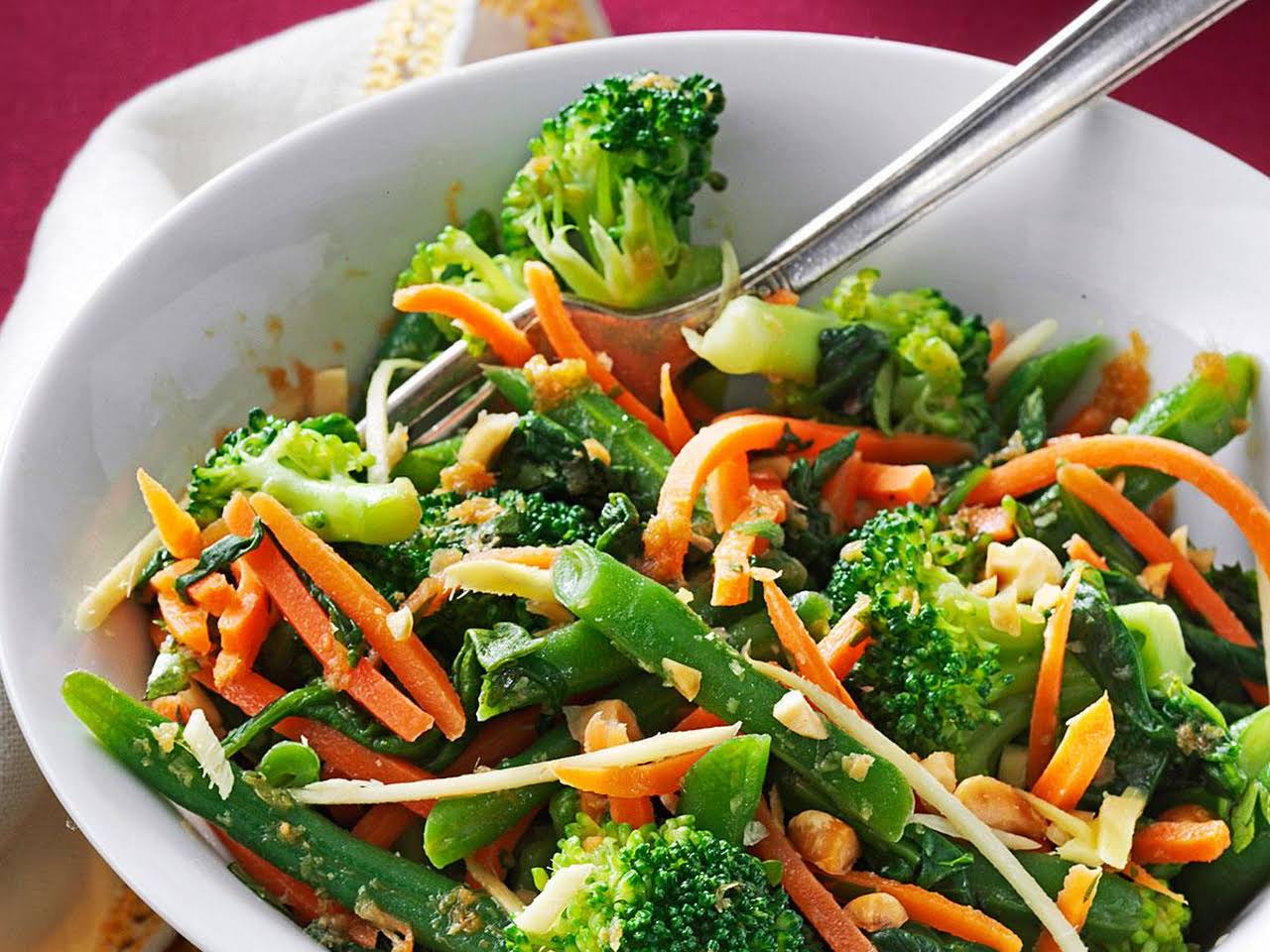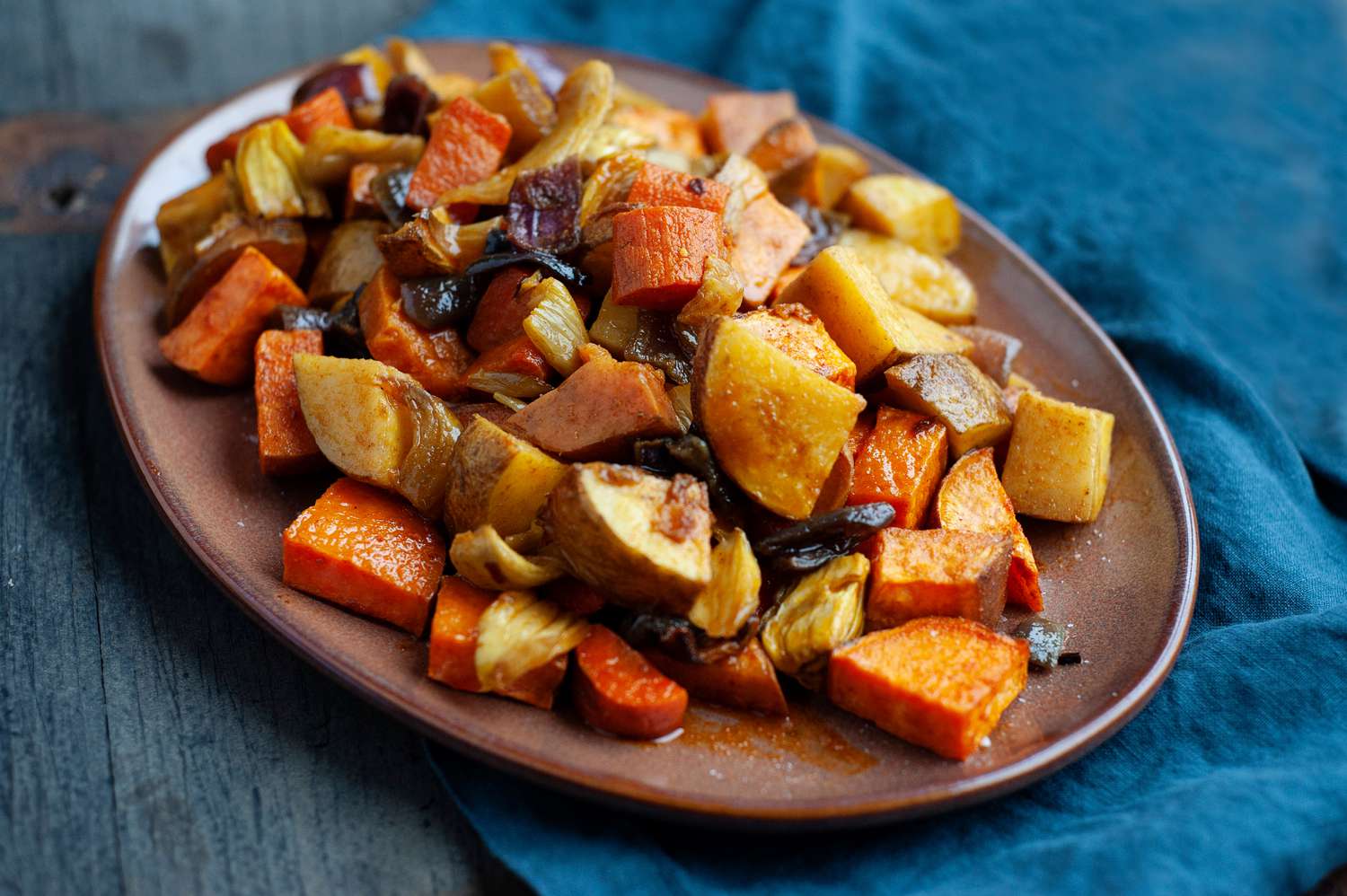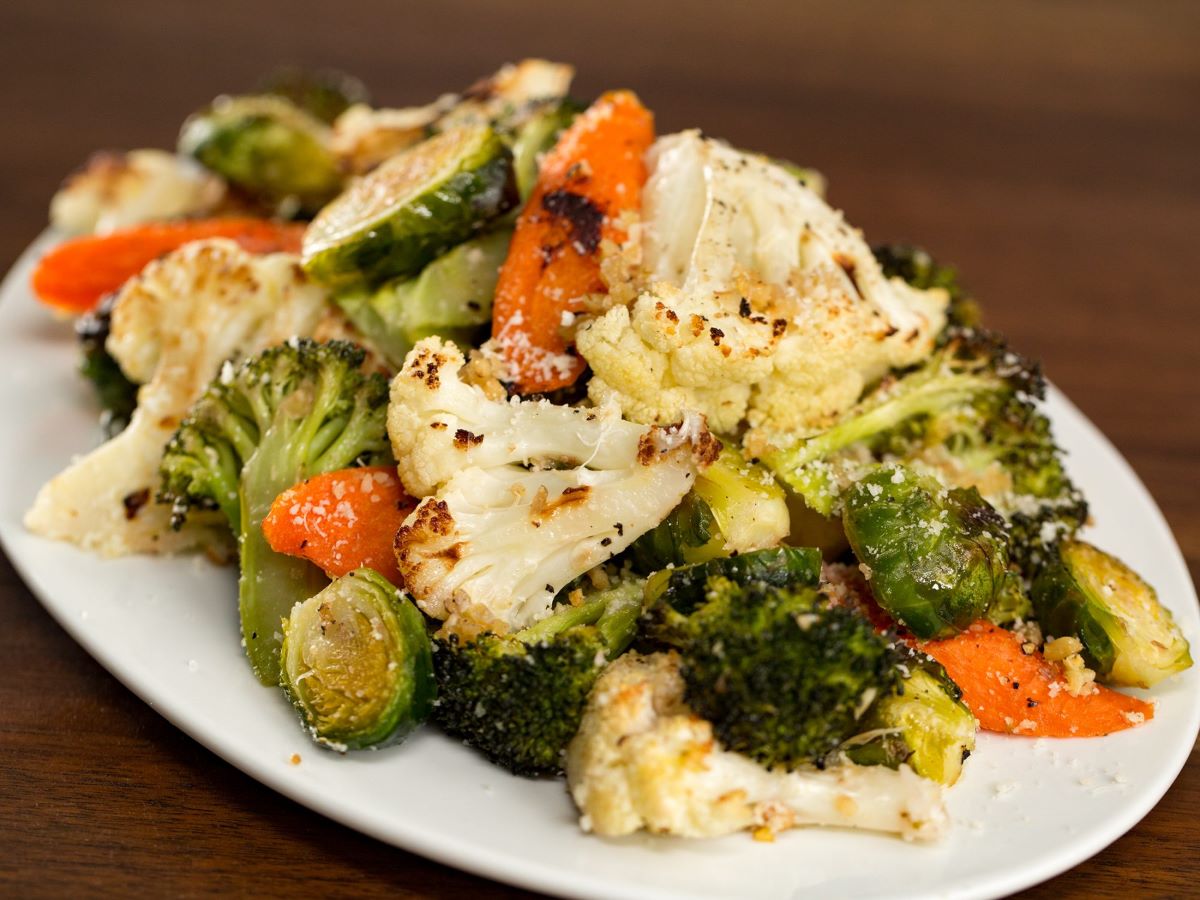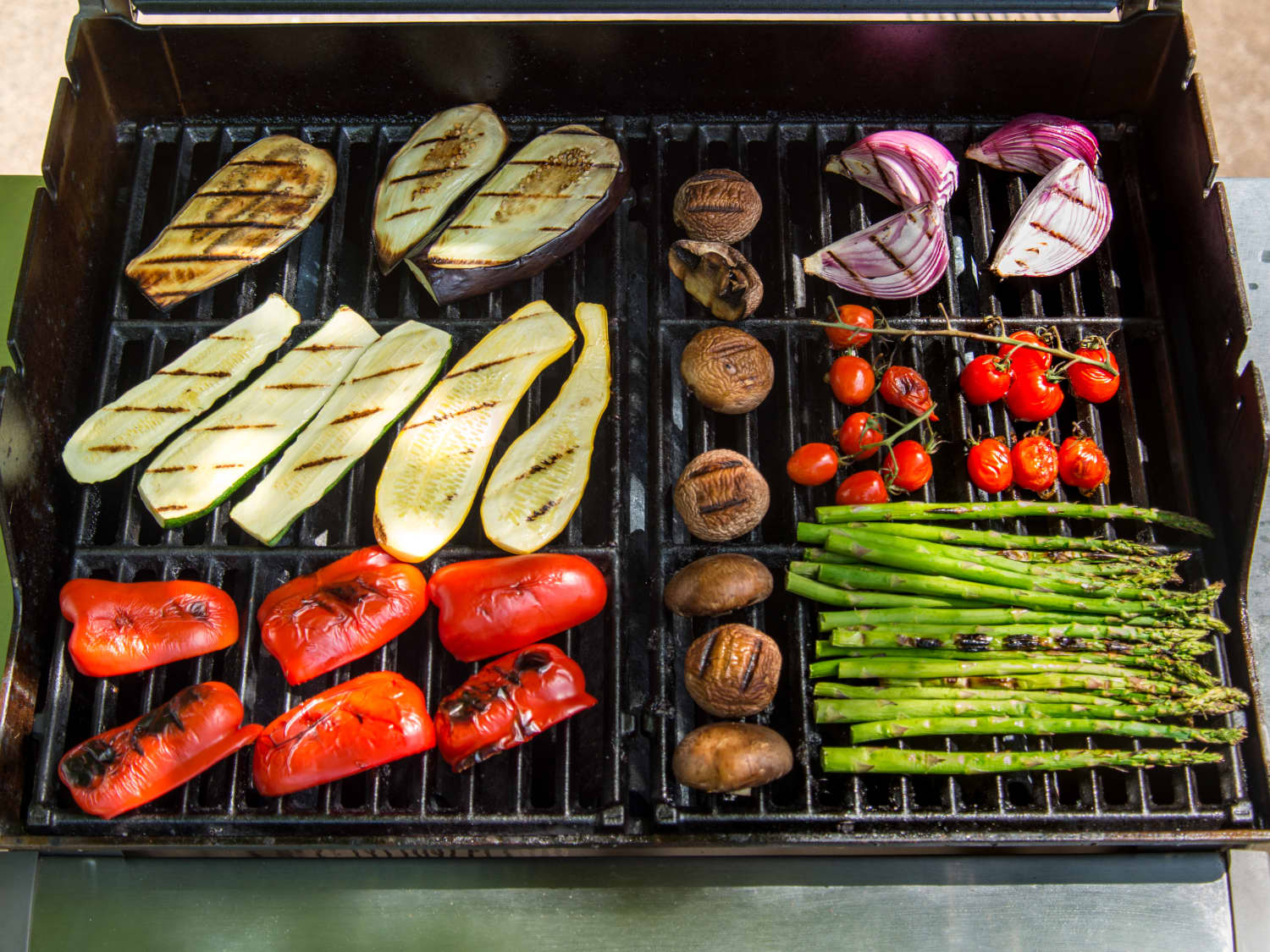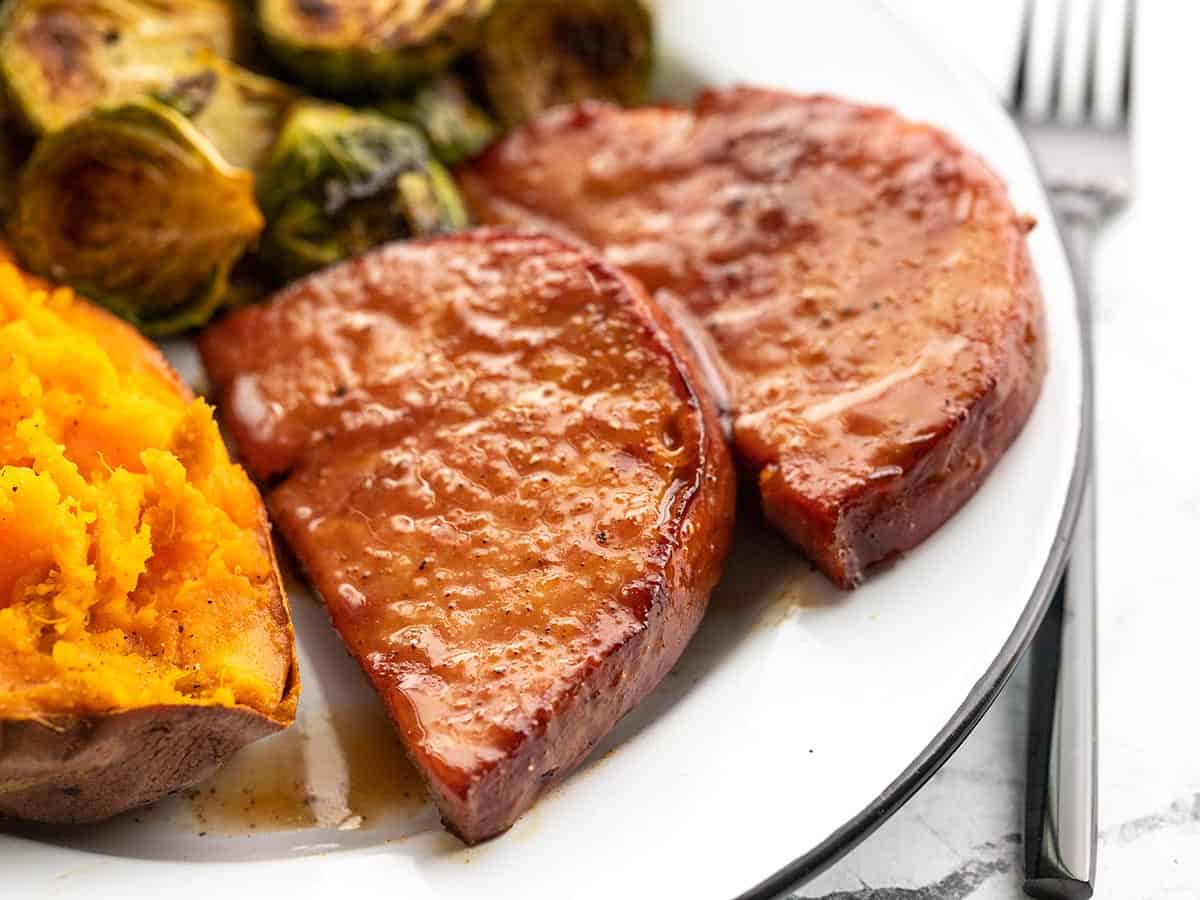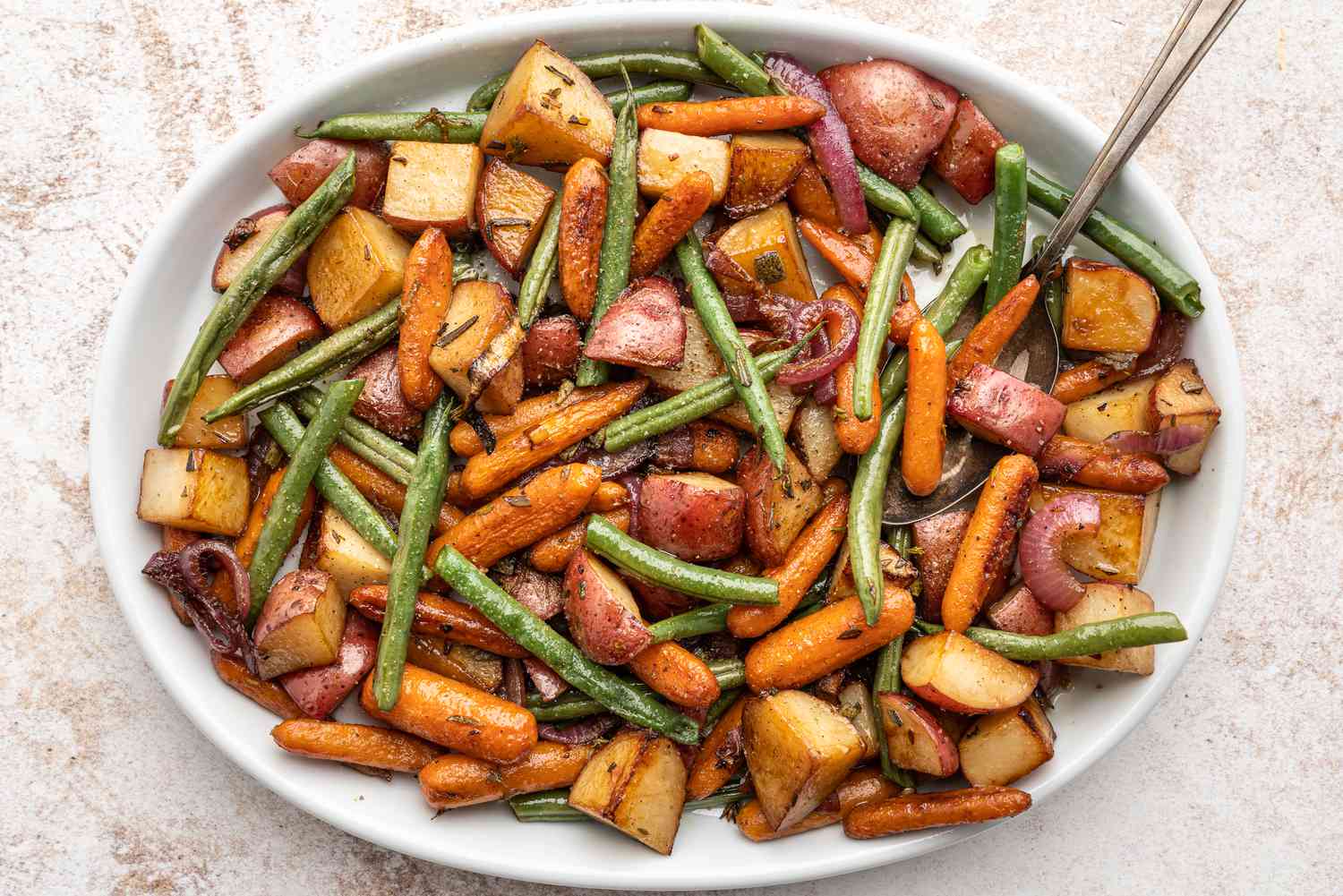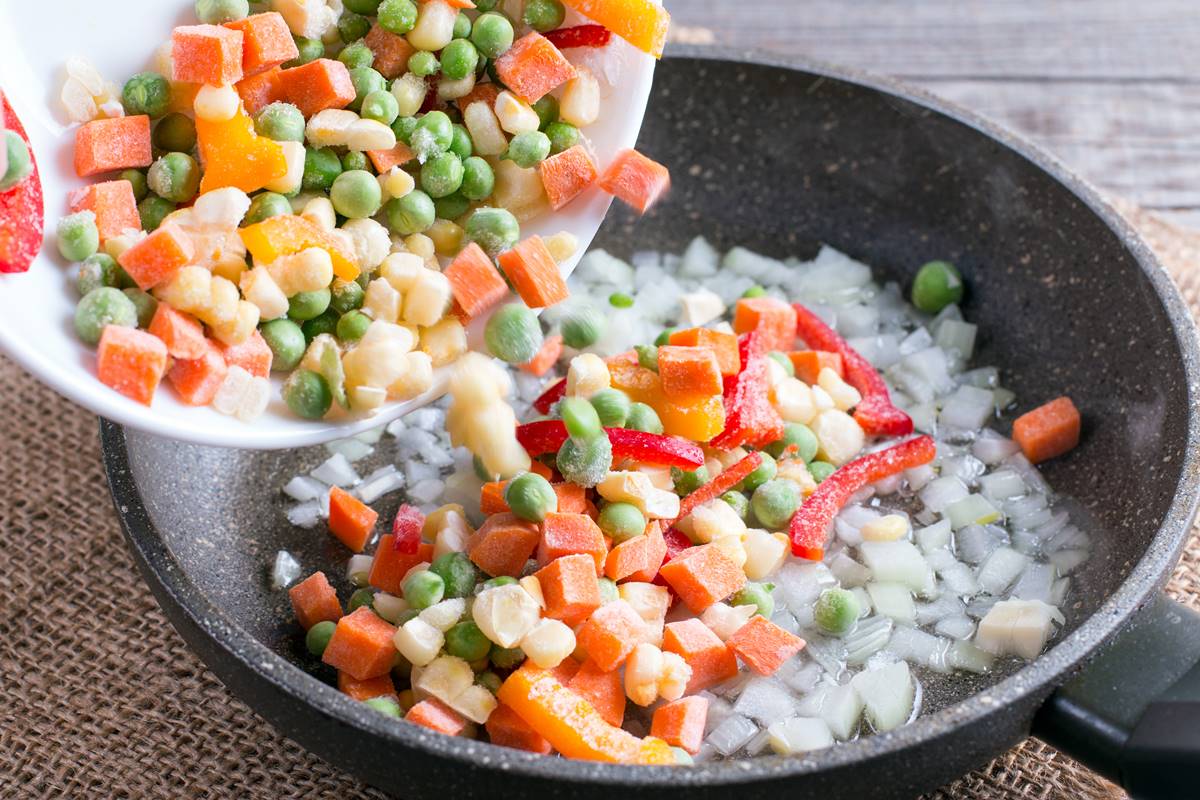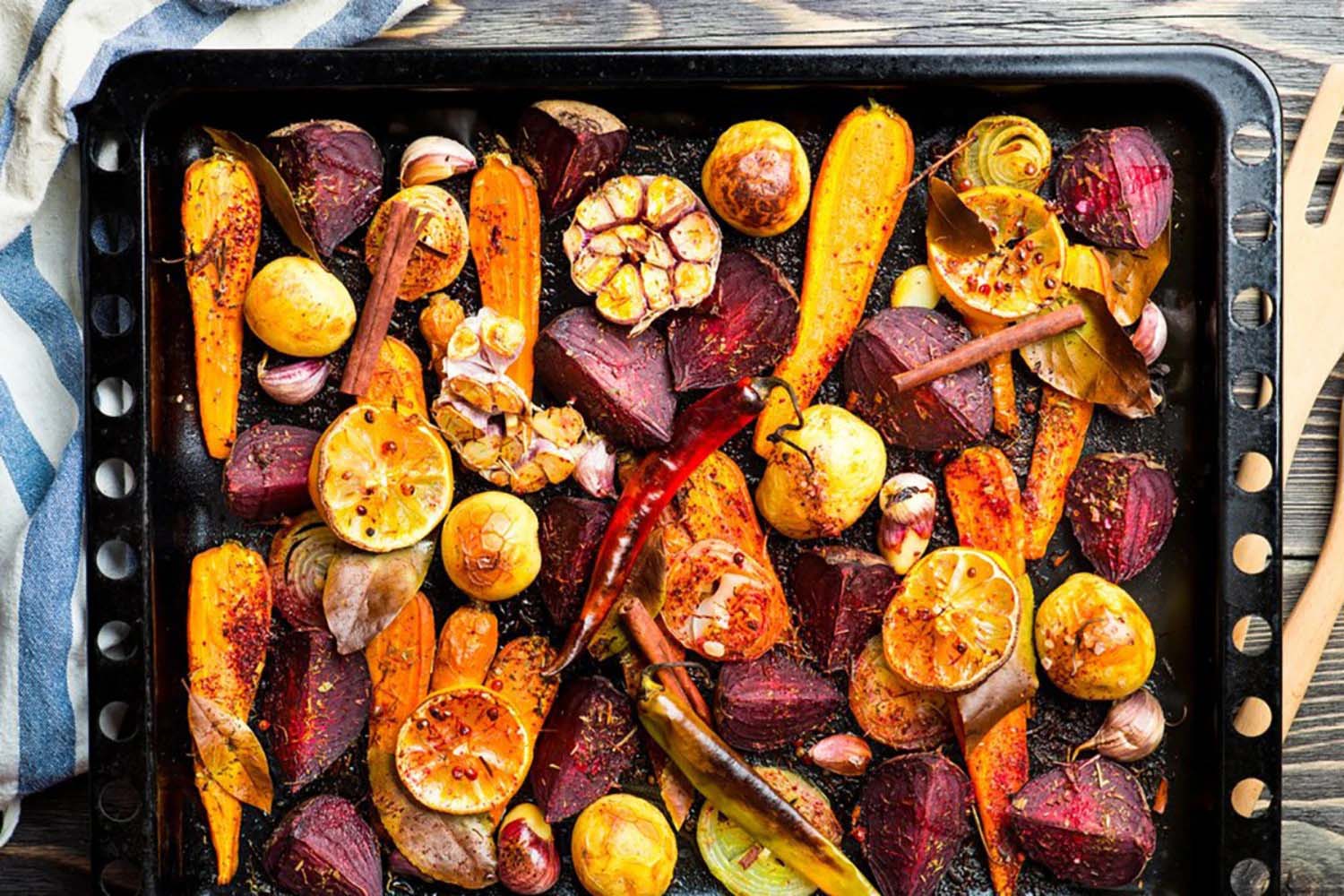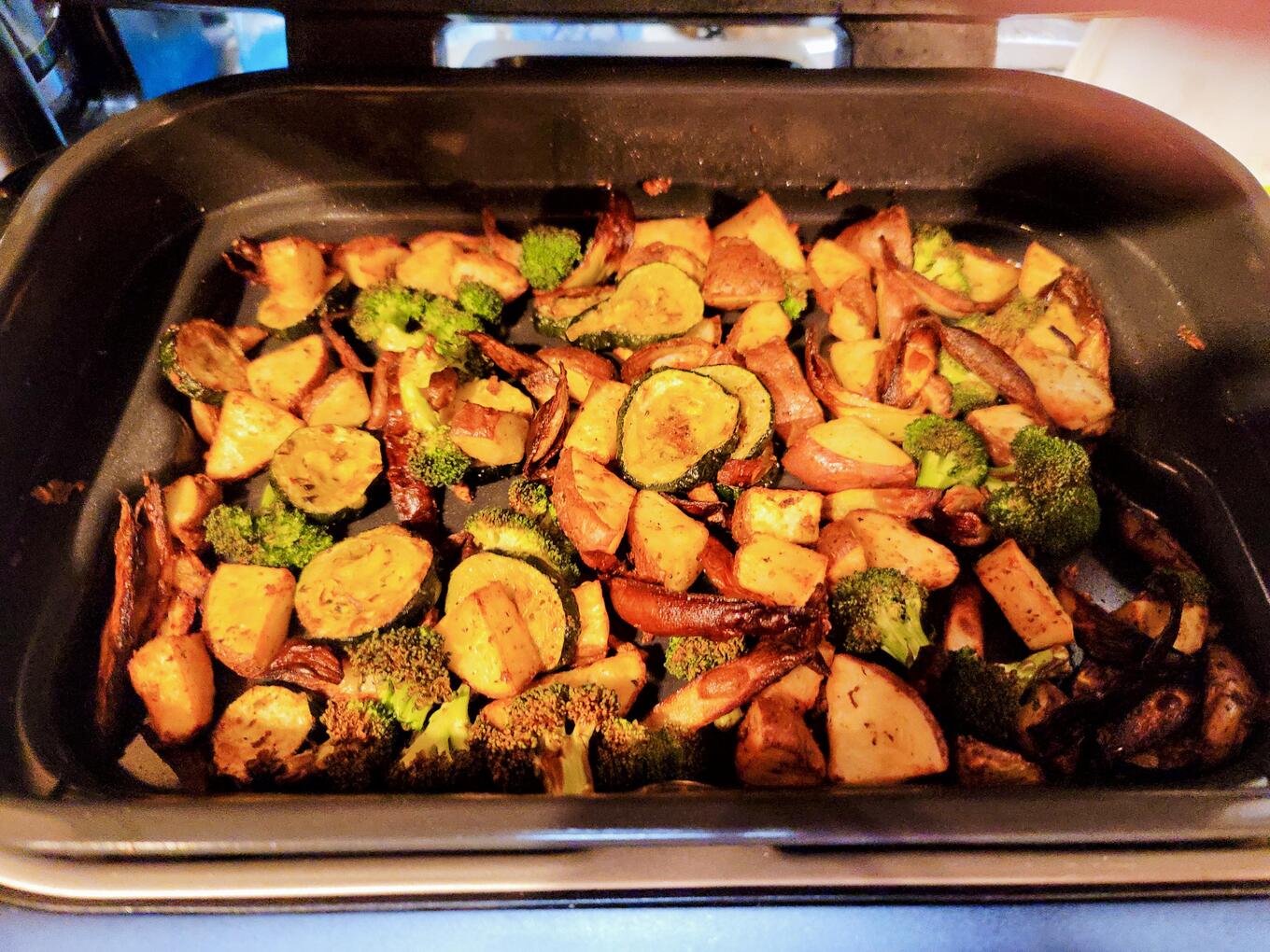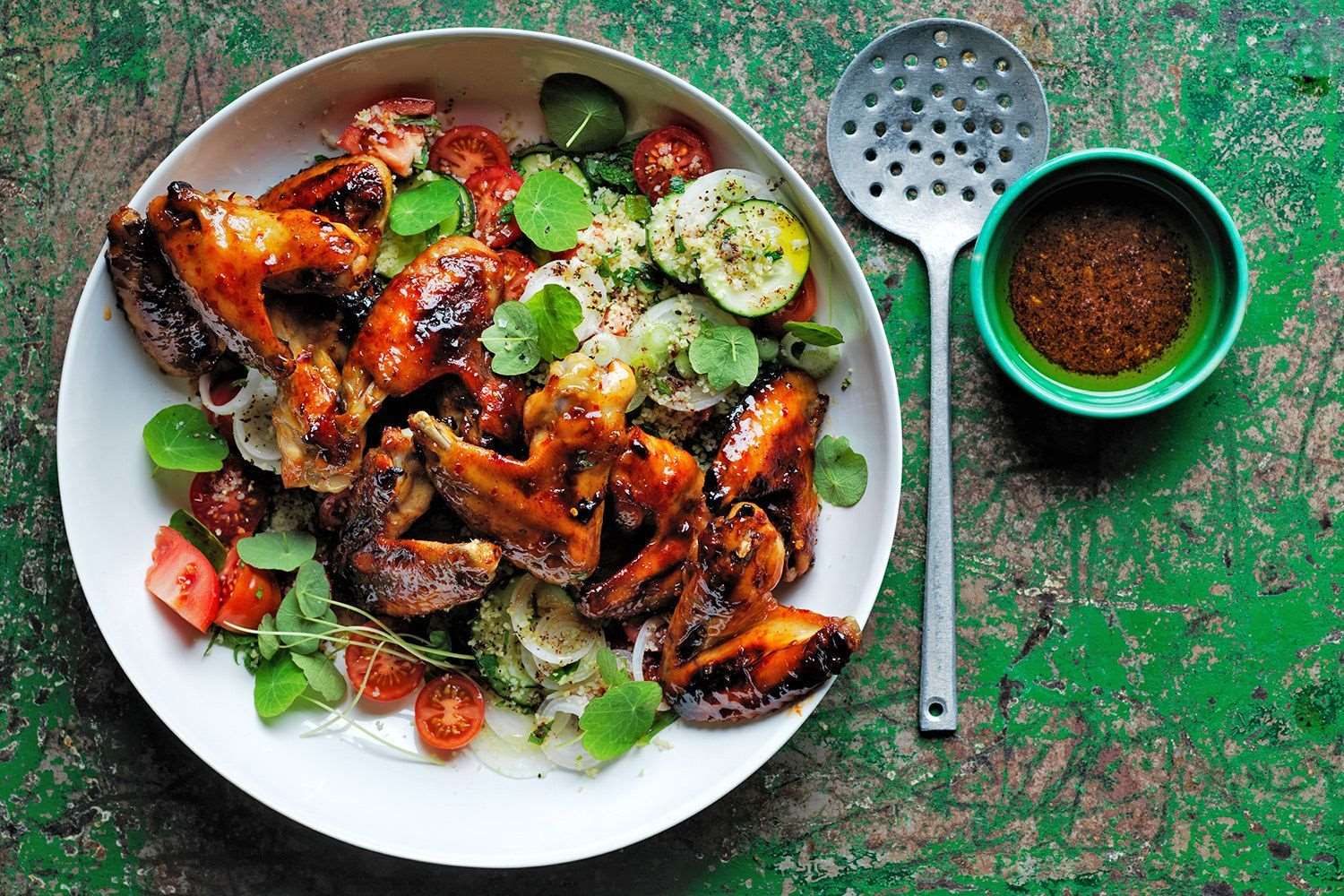Mastering the Art of Glazing Veggies
When it comes to cooking vegetables, there are countless ways to enhance their natural flavors. One method that stands out for its ability to elevate the taste and appearance of veggies is glazing. Glazing involves coating vegetables with a flavorful, glossy sauce, resulting in a delicious and visually appealing dish. Whether you’re a seasoned chef or a novice cook, mastering the art of glazing veggies can take your culinary skills to the next level.
Choosing the Right Vegetables
Not all vegetables are created equal when it comes to glazing. Some veggies, like carrots, Brussels sprouts, and pearl onions, are particularly well-suited for glazing due to their natural sweetness and firm texture. When selecting vegetables for glazing, opt for those that can hold their shape and retain their texture when cooked in a glaze.
Preparing the Glaze
The key to a successful vegetable glaze lies in the sauce. A glaze typically consists of a combination of sweet and savory ingredients that complement the natural flavors of the vegetables. To prepare a basic glaze, consider using ingredients such as:
- Honey or Maple Syrup: Adds sweetness and helps create a glossy finish.
- Balsamic Vinegar: Provides a tangy, acidic flavor that balances the sweetness of the glaze.
- Butter or Olive Oil: Helps bind the glaze and adds richness to the dish.
- Herbs and Spices: Enhance the flavor profile of the glaze and complement the vegetables.
Experiment with different combinations of ingredients to create a glaze that suits your taste preferences.
Glazing Techniques
Once you’ve selected your vegetables and prepared the glaze, it’s time to start glazing. Here are a few techniques to ensure that your veggies are perfectly glazed:
- Sautéing: Heat a skillet over medium-high heat, add the vegetables, and pour the glaze over them. Cook, stirring occasionally, until the glaze thickens and coats the vegetables.
- Roasting: Toss the vegetables in the glaze and spread them out on a baking sheet. Roast in the oven until the glaze caramelizes and the vegetables are tender.
- Grilling: Brush the vegetables with the glaze and grill them until they are charred and caramelized, adding more glaze as needed.
Each of these techniques imparts a unique flavor and texture to the vegetables, so feel free to experiment and find the method that best suits your preferences.
Enhancing the Presentation
Glazed vegetables not only taste delightful but also make for an eye-catching addition to any meal. To enhance the presentation of your glazed veggies, consider garnishing them with a sprinkle of fresh herbs, toasted nuts, or a drizzle of additional glaze. These simple touches can elevate the visual appeal of the dish and make it even more enticing.
Final Thoughts
Mastering the art of glazing vegetables opens up a world of culinary possibilities. Whether you’re looking to add a touch of sweetness to roasted carrots or a savory glaze to caramelized Brussels sprouts, the glazing technique allows you to experiment with flavors and textures in exciting ways. So, the next time you’re preparing a veggie-centric dish, consider giving glazing a try and watch as your vegetables transform into delectable, glossy delights.
